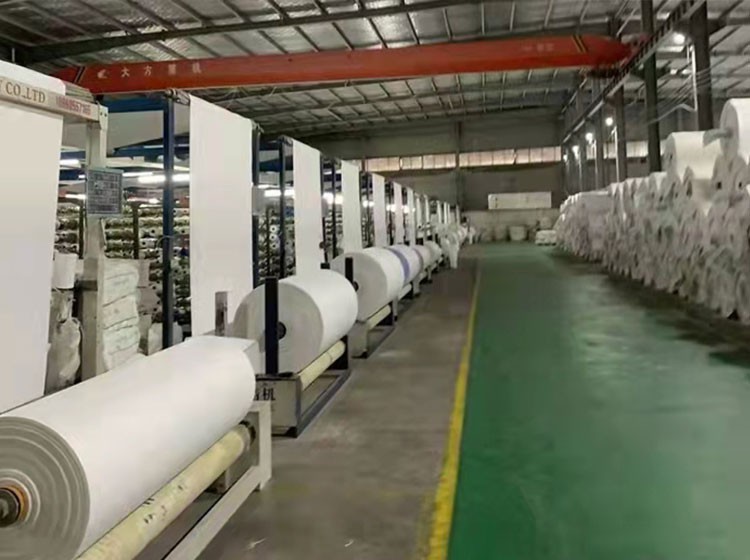Moisture proof ton bag is a packaging material specially designed to prevent internal items from getting damp,widely used in the storage and transportation of various items that require moisture protection.
The design of ton bags is a key factor in ensuring that they can effectively prevent internal items from getting damp.The following is a detailed discussion on the design of moisture proof ton bags:
1.Material selection
The material selection of moisture proof ton bags is crucial.In order to enhance its moisture-proof performance,materials with moisture-proof properties,such as polyethylene(PE)or polypropylene(PP)and other plastic materials,are usually used,which themselves have certain waterproof and moisture-proof capabilities.In addition,in order to further enhance the moisture-proof effect,moisture-proof agents can be added to the material or special treatments can be carried out to enhance its moisture barrier properties.

2.Structural Design
Sealing design:The sealing of the moisture proof ton bag is the key to its moisture-proof performance.Therefore,in the design process,it is necessary to ensure that key areas such as the bag opening and stitching have good sealing performance.Heat sealing,sewing with encrypted seals,and other methods can be used to ensure that the bag body will not become damp due to external moisture intrusion during loading,transportation,and storage.
Exhaust hole design:Although moisture proof ton bags require good sealing,in some cases,reasonable exhaust holes can be designed to avoid excessive air inside the bag causing expansion or rupture.These exhaust holes not only maintain air circulation inside the bag,but also prevent external moisture from entering.
Strengthening structure:In order to enhance the load-bearing capacity and durability of ton bags,strengthening structures can be added in the design,such as increasing the thickness of the bottom and setting up reinforcing ribs.These structures not only enhance the overall strength of the bag body,but also to some extent prevent internal items from getting damp due to bag damage.
3.Detail processing
Sewing process:The sewing process of moisture proof ton bags also has a significant impact on their moisture-proof performance.In order to ensure the sealing of the suture site,it is necessary to use professional suture equipment and wires,and strictly control the needle spacing and stitch of the suture.
Labels and identification:In order to facilitate user identification and use,moisture proof ton bags are usually printed with labels and identification.These labels and markings should be clear,durable,and provide sufficient information such as material,load-bearing capacity,moisture resistance level,etc.
Handheld and lifting design:In order to facilitate the user's handling and lifting of moisture proof ton bags,reasonable carrying straps and lifting structures can be designed.These structures should be sturdy and durable,and ensure that the bag body will not be damaged due to uneven force during lifting.
4.Special Design
For certain special application scenarios,moisture proof ton bags can also be specially designed,such as:
Degradable materials:In order to meet environmental requirements,biodegradable materials can be used to make moisture proof ton bags to reduce environmental pollution.
UV protection:For moisture proof ton bags that require long-term exposure outdoors,UV protection agents can be added to extend their service life and prevent aging caused by UV exposure.
Breathable design:In some cases,to prevent the items inside the bag from deteriorating due to prolonged sealing,a reasonable breathable structure can be designed to maintain the freshness of the air inside the bag.
In summary,the design of moisture proof ton bags requires comprehensive consideration from multiple aspects such as material selection,structural design,detail treatment,and special design.Through scientific design and optimization,moisture proof ton bags can be ensured to have excellent moisture-proof performance,load-bearing capacity,and durability,thus meeting the needs of various application scenarios.


